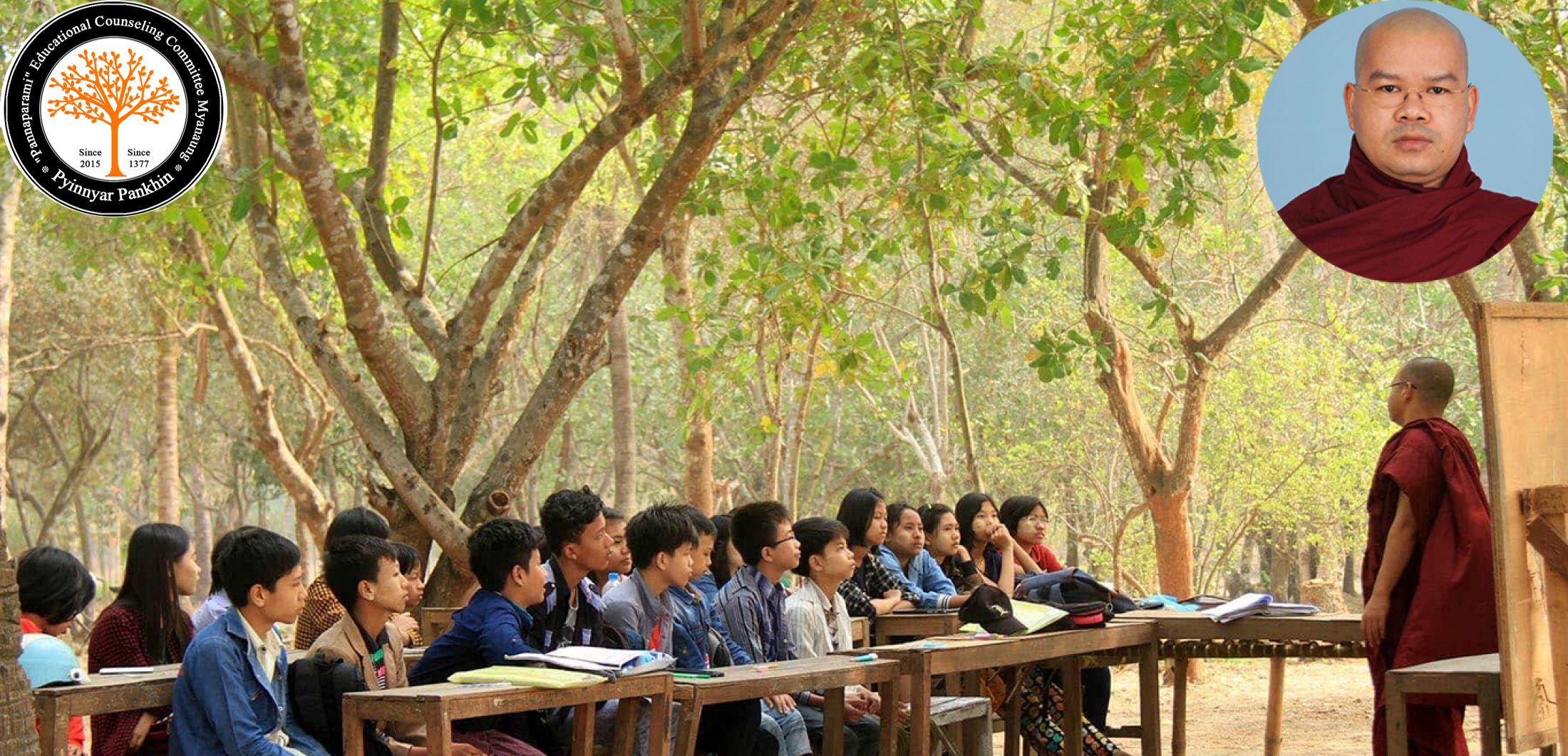| Possessive Pronouns
(These are used to show ownership) |
Singular | Plural | |
| Used Before Nouns
(These actually function as adjectives. Uh!) |
my, your, his, her, its | our, your, their | |
| Used Alone | mine, yours, his, hers | ours, yours, theirs | |
| Subject and Object Pronouns
(These are used as either the subject or the object in a sentence) |
Singular | Plural | |
| Subjects: tell us whom or what the sentence is about. | I, you, she, he, it | we, you, they | |
| Objects: direct objects, indirect objects, objects of prepositions | me, you, her, him, it | us, you, them | |
| Reflexive Pronouns
(These end in -self or -selves) |
Singular | Plural | |
| First Person: The person speaking or writing | myself
(Do you misuse myself?) |
ourselves | |
| Second Person: The person or people being spoken or written to | yourself | yourselves | |
| Third Person: The person, people, or things being spoken or written about | himself, herself, itself | themselves | |
| Interrogative Pronouns: (These are used to ask questions) | |||
| what, who, which, whom, whose |
| Personal Pronouns
(These take the place of Common and Paper nouns) |
Singular | Plural | |
| First Person: The person speaking or writing | I, me | we, us | |
| Second Person: The person or people being spoken or written to | you
Learn the story of you |
You | |
| Third Person: The person, people, or things being spoken or written about | she, her, he, him, it | they,
them |
|
| Relative Pronouns: (These relate subordinate adjective clauses to the rest of the sentence) | |||
| That, which, whichever, who, whoever, whom, whomever, whose |
| Demonstrative Pronouns
(These represent a thing or things) |
Singular | Plural | |
| Refers to things that are nearby | this | these | |
| Refers to things that are far away | that | those | |
| Indefinite Pronouns: (These refer to something that is unspecified) | |||
|
Singular |
anybody, anyone, anything, each, either, everybody, everyone, everything, neither, nobody, no one, nothing, one, somebody, someone, something | ||
|
Plural |
both, few, many, several |
||
|
Singular or Plural |
all, any, most, none, some |
||
AGH / Jan 2020
